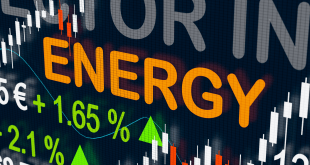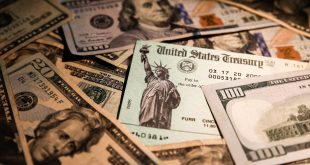The recent surge in gold prices to a new record high of $3,703 per troy ounce presents a striking paradox. This rally occurred even as robust U.S. economic data would typically prompt investors to move away from safe-haven assets and toward riskier, higher-yield investments. For instance, U.S. retail sales for August rose 0.6% month-over-month, exceeding forecasts of a 0.2% increase. Similarly, industrial production grew by 0.1% month-over-month, a notable improvement from the previous month’s 0.1% contraction. The control group sales, which are used to calculate GDP, also expanded by 0.7%. This behavior highlights a clear disconnect between conventional economic signals and market sentiment. The primary driver of this seemingly contradictory movement is the market’s intense focus on the future actions of the Federal Reserve.
The Dominance of Fed Expectations
The market’s conviction that the Federal Reserve will soon begin a series of interest rate cuts is the key factor fueling gold’s ascent. This expectation is rooted in recent weak labor data, which has led many to anticipate a more accommodating monetary policy. The market has fully priced in a 25-basis-point rate cut, with a small number of traders even speculating about a larger 50-basis-point reduction.
The upcoming Federal Open Market Committee (FOMC) meeting and the release of the “dot plot” will be pivotal. Should policymakers, including Chair Jerome Powell and newly confirmed Governor Stephen Miran, confirm a dovish outlook, it would reinforce the current narrative and could sustain gold’s upward momentum. Conversely, any deviation from these expectations could trigger a sharp reversal.
Performance and External Factors
Gold’s performance over various time frames underscores the strength of its current trend, with a year-to-date gain of 40.58% and a one-year gain of 43.10%. The metal’s five-year performance shows a remarkable 88.84% increase, demonstrating a consistent long-term upward trajectory. This performance is being supported by factors beyond domestic policy. The U.S. Dollar Index (DXY) has recently fallen to 96.62, making gold more affordable for international buyers. Furthermore, progress in U.S.-China trade talks, including a planned meeting between President Donald Trump and President Xi Jinping, is paradoxically contributing to gold’s appeal as it reduces long-term uncertainty, reinforcing the asset’s role as a store of value.
A Call for Caution Amidst Momentum
While gold’s powerful momentum is undeniable, investors and traders should approach the current market with a high degree of caution. The rally is heavily dependent on the market’s interpretation of the Fed’s future actions. A miscalculation or a change in the central bank’s tone could lead to a significant price correction. The current environment is a blend of speculative fervor and fundamental support, but its stability is contingent on the Fed delivering on these widely held promises. Therefore, staying fully informed and maintaining a reasonable level of caution is crucial.
 Noor Trends News, Technical Analysis, Educational Tools and Recommendations
Noor Trends News, Technical Analysis, Educational Tools and Recommendations




